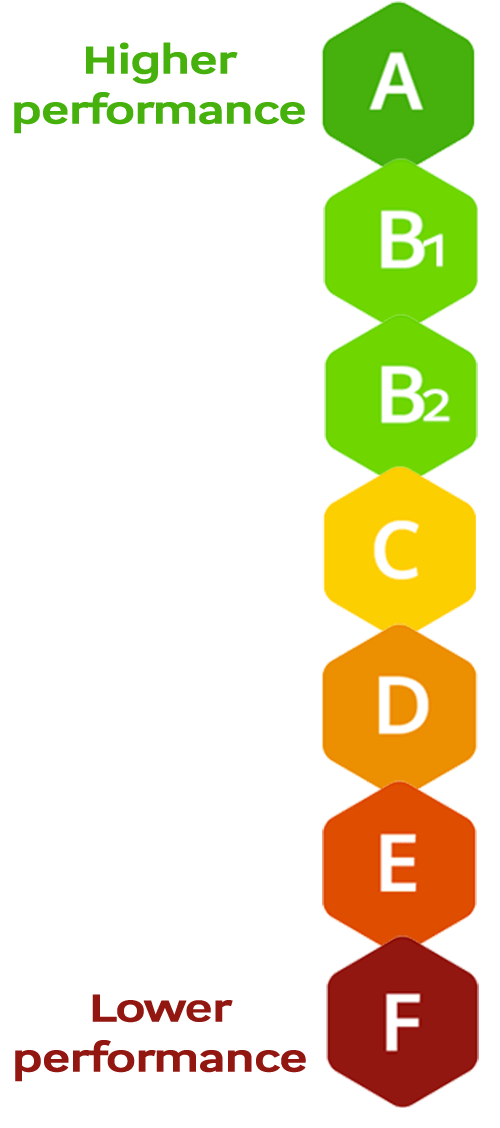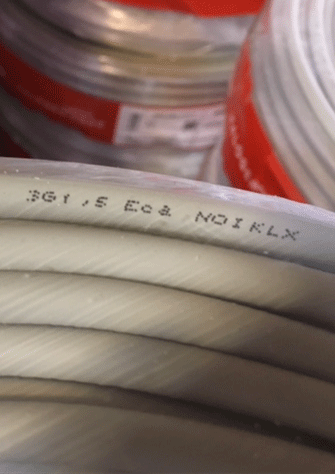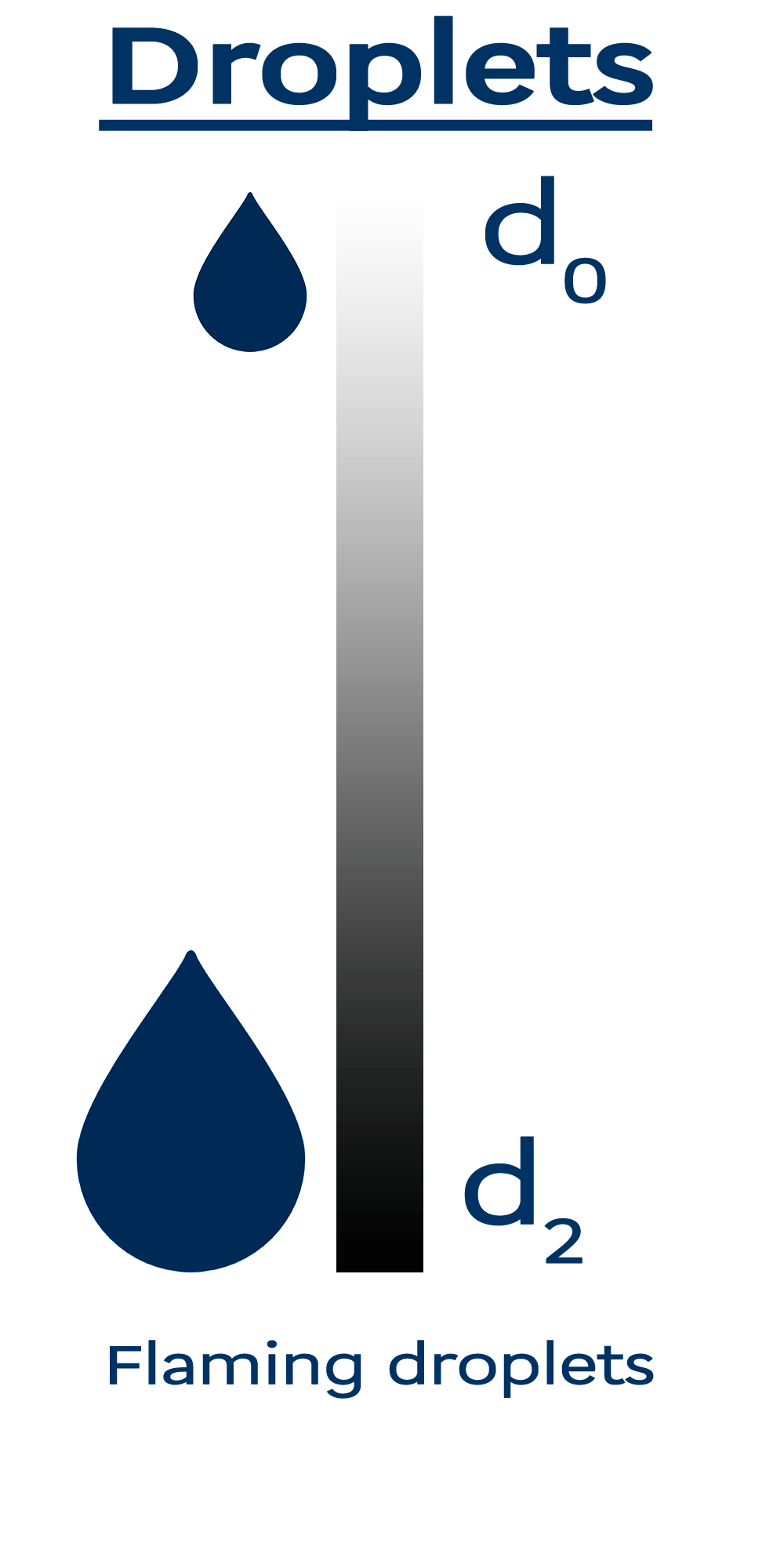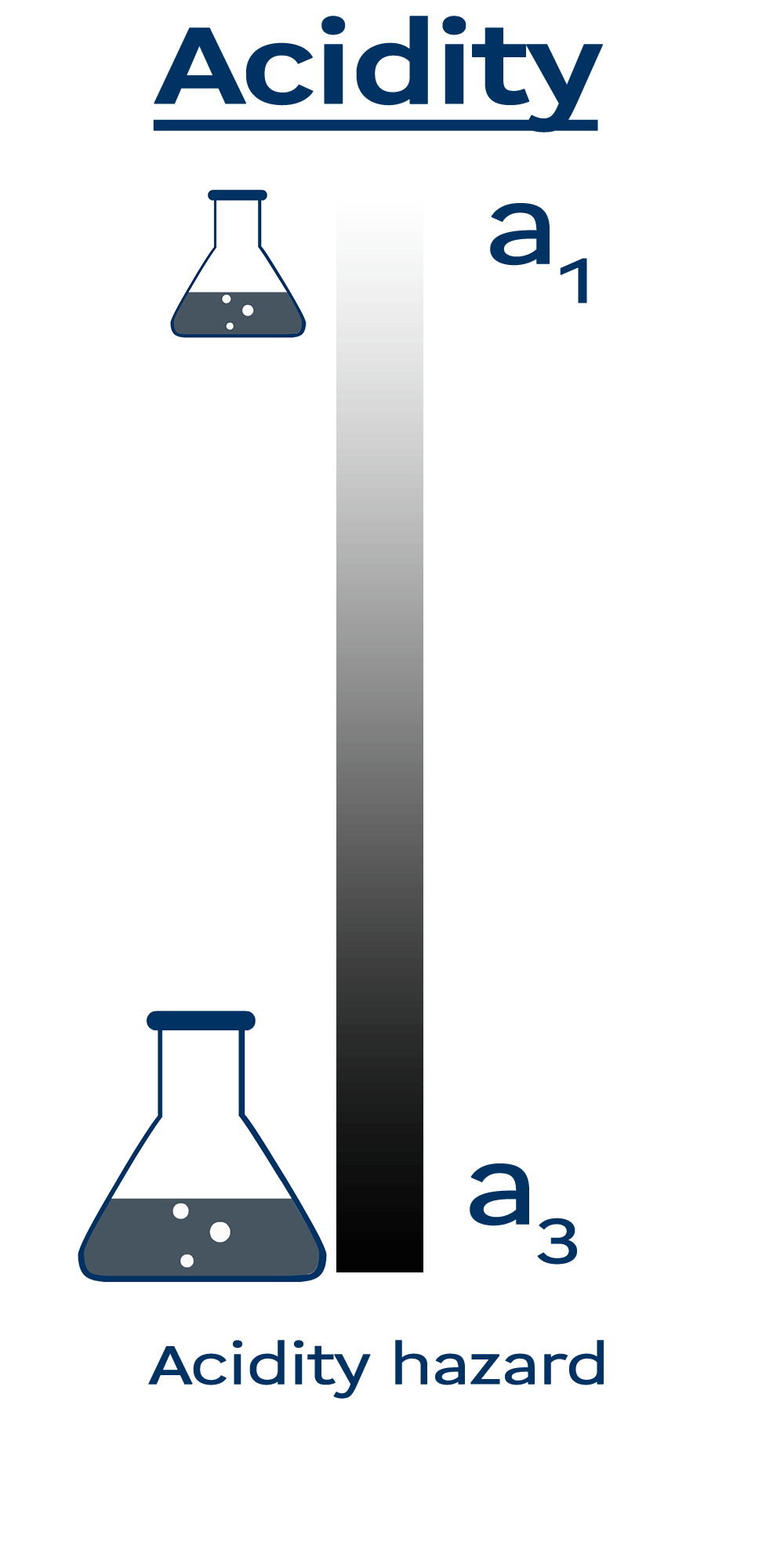This is what you need to know
The new CPR regulation applies to manufacturers from 1 July 2017.
In Denmark, The Eca cable class, also known as E class, has been established by the Danish Transport, Construction and Housing Authority.
It has been debated whether E class cables are sufficiently safe, but so far, there’s no proof that they should be less safe to use than any other
The Danish Institute of Fire and Security Technology (DBI) estimates that it is safe to use Eca class cables
126 years of safety
Since 1891, NKT has supplied installers and projects in Denmark with cables. In fact, safety was the reason why they developed lead-free and halogen free cables 16 years ago. And safety is still a top priority in the company.
For 126 years, NKT has been a manufacturer and supplier of cables in the Danish market. The company is probably best known for their lead-free and halogen free NOPOVIC cables, better known as NOIKLX, which has been on the market since 2001. In case of fire, this is a cable that does not emit corrosive fumes. Therefore, it provides better visibility and safety in case of accidents.
-We sell thousands of kilometers of these cables each year, and we have done so for the past 16 years. I’ve never heard of a case where the cable is presumed to have caused the fire. Nor have I heard about issues with our cables which lead to people getting hurt. Therefore I cannot understand why you would change safety measures, when they are already top notch, explains NKT Sales Manager Karsten Sundby Knudsen, and continues:
- Based on the different tests we did with NOPOVIC, we know that we have a safe, high quality cable. Therefore, we can safely sell this cable to our customers, no worries.
NKT addresses the new legislation regarding cables and even though cables are now classified with different cables, they ensure that customers will get exactly the same product, which the Danish electrical industry has been using for the past 16 years.
-Regarding safety, the cables you receive today are no different than the ones you received before. So there is no reason to doubt or feel insecure. Our cables are just as safe as everyone else’s, ensures Carsten Sandby Knudsen

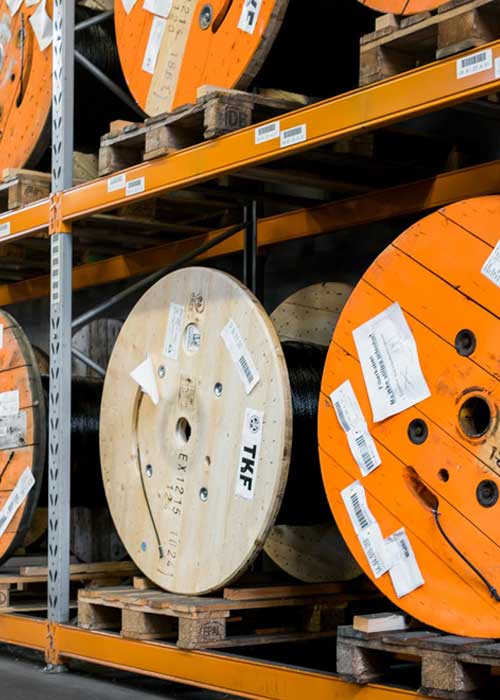
DBI: You’re safe to use cables of the Eca class
July 1st 2017, the new CPR regulation is effective. But what does it mean to you? The Danish Institute of Fire and Security Technology (DBI) gives you their recommendation here.
- we estimate that it is safe to use cables marked Eca and therefore, they get our recommendation. This is the statement of Rolf Knudsen Fire Technical Consultant from DBI, when Solar asks about the Eca cable classification, also known as E class cables.
Before the Danish Transport, Construction and Housing Authority decided which cable class should be required in Denmark, DBI was asked to give their recommendation regarding the future requirements. The Eca cable class corresponds to what has previously been used. The question was whether to raise the safety requirement or not. However, there was no need to do so.
- We have found no evidence that this type of cable in itself has inflicted personal injury or other damages in a fire, explains Rolf Knudsen. Therefore, the DBI believes that it is safe to recommend the Eca class going forward. – It is what most people use, and what they have been using up until now without any problems. Using this type of cable is not something to worry about, he says.

Read up on CPR
Our supplier Nexans has gathered some facts on CPR, in case you're interested in further information.
Visit NexansThe basics on CPR
CPR is the new EU rules defining fire performance of products used in buildings and civil works. Regulations are implemented July 2017 and concern power cables, control and communication cables and optical fibre cables - but only when used in buildings. Unlike previous, cables are now considered as building materials and therefore they must be CE marked and have this new fire classification. You can read more about this classification below.
Making sure that all cables are marked correctly is the manufacturer's responsibility, not yours. And you can be sure that all relevant cables in Solar's selection comply with CPR. We only deal with suppliers who have their documentation in order.
How to read the CPR fire classification
The CPR replaces the previous fire classification with 7 new primary classifications from A to F. Class A is non-flammable products whereas class F concerns products where fire performance is undefined. Classes C, D and E of this new classification will be the ones applied to cables most frequently.
The new classes are more complex and are based on the flame spread, heat release, smoke production, flaming droplets and acidity of the product, whereas the old classes only included flame spread. See below what the different letters represent.

Class refers to the flame spread and the heat release ranging from Aca to Fca. Aca indicates that the cable does not contribute to the fire at all and Fca burns heavily.
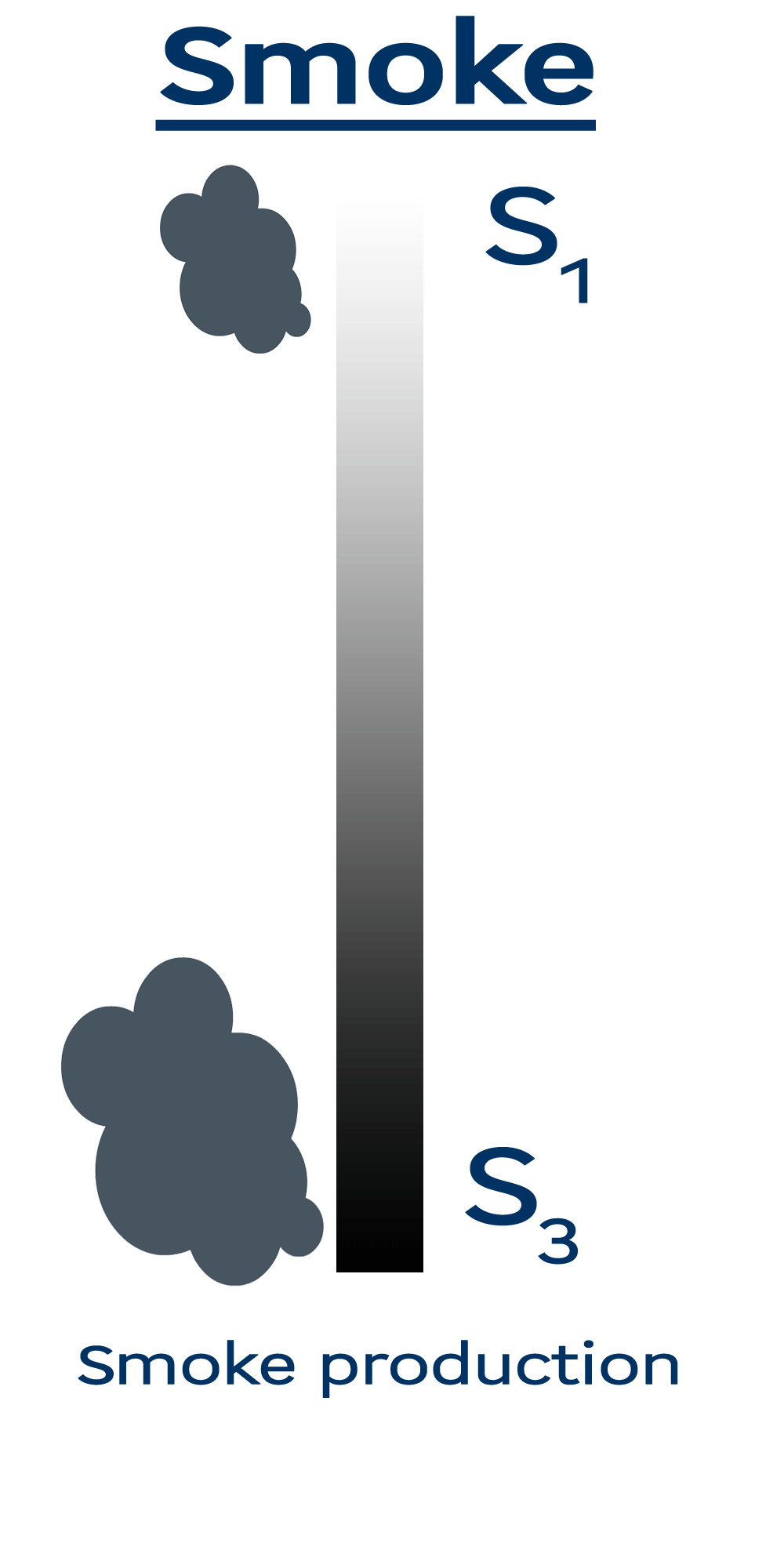
S refers to the smoke production. Ranging from S1a, attributed to a visibility of more than 80%, to S3 which indicates a very low visibility.
Can I use unmarked cables after the deadline?
After July 2017, you may still run into cables which are not marked according to CPR but they are still OK to use. This is because Solar is allowed to sell the cables we have in stock. We just can't buy unmarked cables after the deadline.
